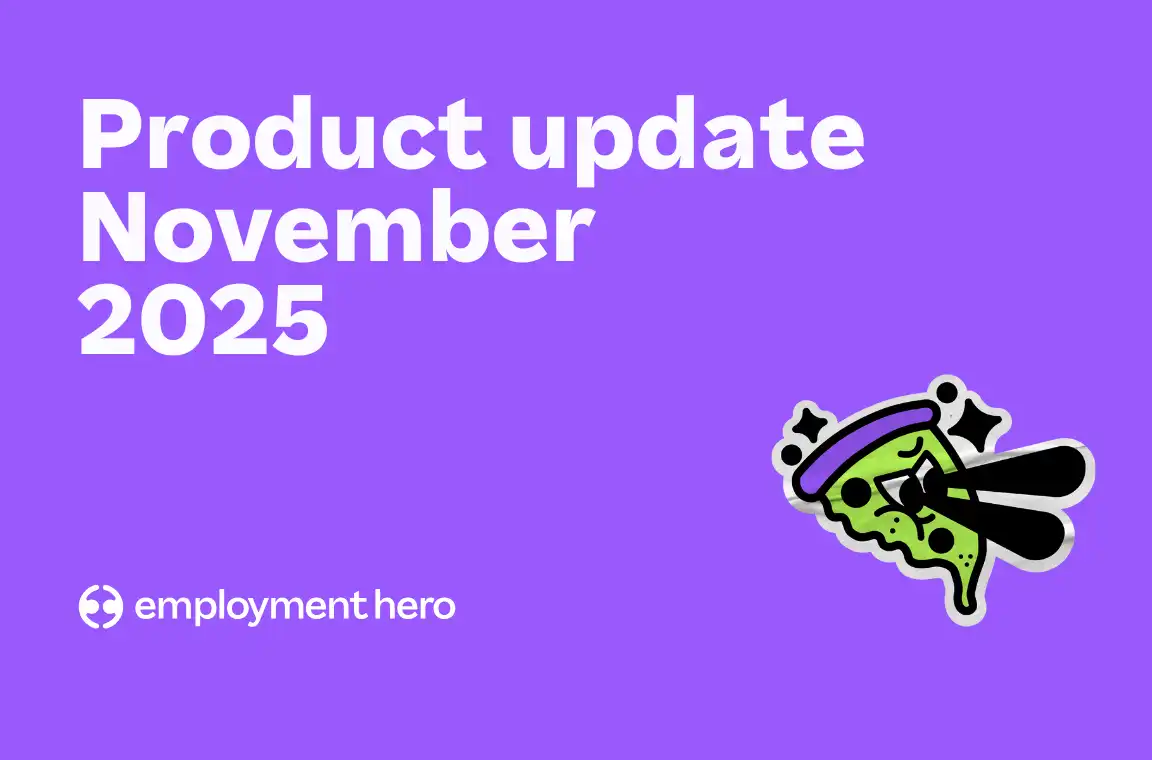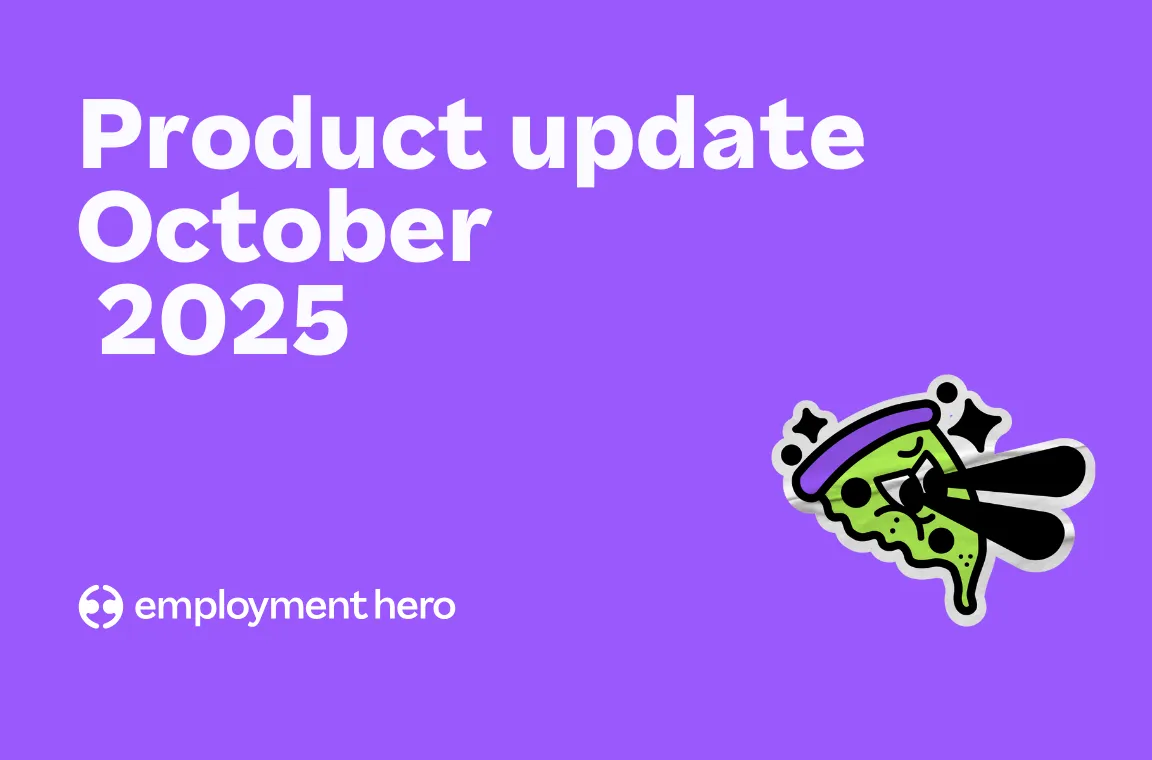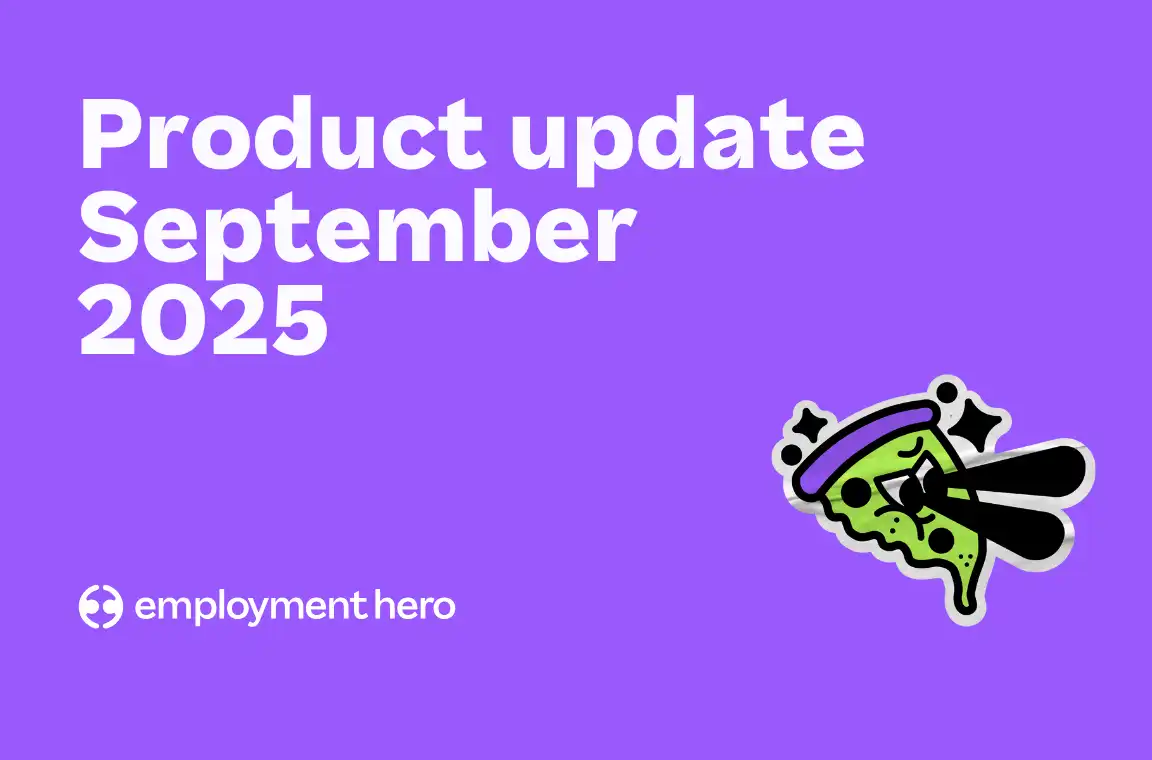5 strategies for implementing OKRs in hybrid work environments
Want to boost productivity, alignment, and success in your hybrid workplace? Discover the key strategies for implementing effective OKRs for hybrid teams.

Contents
Hybrid work setups have become the new normal in the last few years, and are the preferred way of working for a whopping 83% of employees worldwide. For business leaders, having a distributed team can seem a little daunting – how will everyone stay on the same page if they’re all in different locations? We’ve got the solution for you – OKRs.
Here’s the down-low on OKRs, why they’re perfect for the hybrid work model and five strategies you can use to implement them in your team.
A refresher on Objectives and Key Results (OKRs)
Objectives and Key Results (OKRs) are a structured approach to defining and monitoring goals within a business. Their main purpose is to align an entire organisation around a significant and ambitious goal. Smaller goals are established for teams based on working towards that top goal, and then even smaller ones are developed from the team goals for individuals. Think of the structure like a big family tree, but instead it’s goals for the future!
OKRs comprise an Objective, outlining a significant goal (the ‘what’ or ‘where do we want to go’), along with up to five Key Results, which gauge progress toward the objective (‘how do we know we’re making progress?’). They’re usually created or refreshed either quarterly or annually, depending on the pace of the organisation’s growth.
For a complete introduction to OKRs as a concept, download our guide here.
Why are OKRs a great tool for managing both in-office and remote employees?
OKRs suit all working setups because they connect people across an organisation. As everyone’s goals are joined towards that singular top goal, it’s easy for employees to feel involved and part of the greater company strategy. It’s also straightforward to track the progress of OKRs because they’re designed to be measurable.
For practical advice on implementing OKRs in your company, check out our guide on how to implement OKRs.
OKRs facilitate communication as well, which is key when your team is working in different locations. Employers can use OKRs to structure one-to-ones and catch ups across the business, where managers and direct reports can quickly cover progress or potential roadblocks on particular OKRs. This makes it super easy to conduct those big performance reviews too, as you’ve got a record of goals achieved by the end of the year.
 Why is effective goal-setting important for remote work?
Why is effective goal-setting important for remote work?
Did you know that employees who set goals are 14 times more likely to be inspired at work? They’re also 3.6 times more likely to be committed to the organisation that they work for. Regardless of whether your team is made up of remote workers, those in a hybrid work model or office-based, goals have been proven to be beneficial for both employees and employers.
For more on how to get out of a remote work rut, which could be relevant as you implement OKRs, read our article on 5 ways to get out of a remote work rut.
Many employers are bringing people back to the office in 2024, citing the lack of visibility as a reason. Employers are concerned that without being able to see their team in person, they can’t be sure about their productivity. Setting clear OKRs is one way to manage that concern, so employers can track performance easily, regardless of where their team is working.
If building trust among your remote team is a concern, discover how to develop trust amongst your team when working remotely.
From the perspective of remote or hybrid employees, goals can often be a great motivator and a clear benchmark of what their employer sees as success. It’s also an important way to secure that employer-employee trust that remote work encourages – meaning that employers can trust teams to complete what needs to be done, without resorting to invasive tracking methods.
Strategies to implement OKRs in a hybrid work environment
Ok, so you’re ready to get started and harness the powerful force of OKRs. Here’s how best to introduce it in an organisation where your employees work both in the office and remotely.
1. Be clear on the shared vision at the top
All OKRs start with a BHAG – a Big, Hairy, Audacious Goal. That’s the ultimate goal for the whole company, and should be so ambitious that it’s unlikely to be achieved in just months. Still, it should be the north star for all OKRs that will be set up every quarter or year. As this will inform everyone’s work, it’s critical that everyone in the business is aware of the BHAG. If you’re a leader, share it with the team, explain what it looks like in practice and get everyone motivated. That excitement will add purpose to the smaller goals.
2. Make your OKRs align with the SMART goal technique
All your OKRs should fit SMART goal-setting – that is, Specific, Measurable, Attainable, Realistic and Timely. For example, one goal for a social media specialist with an already-solid following on the company LinkedIn page could be ‘gain 5,000 more followers on LinkedIn in six months’. This is a clear goal that can easily be tracked and measured over a specific period of time. The key results for that goal could be specific actions on LinkedIn designed to achieve that objective, such as a certain number of posts per week.
3. Create regular OKR check-ins
Don’t just set OKRs and then leave them – create a system where OKRs are a regular part of the conversation between managers and direct reports. That could include compulsory fortnightly catch-ups, either in person or over a video call, where managers check in on OKR progress. This also allows your team to adapt quickly to changes in the business – if unexpected situations arise, such as a personnel changeover or a pressing new customer service issue, an OKR can be adjusted along the way. It’s not only important for the business but for motivation – there’s nothing more draining than an unattainable goal.
4. Utilise an easy and transparent digital system to track progress
For a team that works in multiple locations and in different time zones, having a central digital system to track OKRs is absolutely essential. This doesn’t just allow for company-wide transparency, but makes it easy for employees and team leaders to update progress on the move. Here at Employment Hero, our software has a specific OKR goal-setting framework, that allows you to set out the entire OKR matrix online, assign OKRs across the company and track progress with comments if required.
5. Use your milestones to celebrate and reflect
All OKRs should have a deadline, where you can measure whether the relevant team and individual objectives have been achieved. Make that final OKR deadline an opportunity for both reflection and celebration. Organise individual or team meetings to understand where there was room for improvement, and organise a fun group activity to celebrate the hard work that everyone has put in. And of course for a hybrid workplace, make sure it’s inclusive and that everyone can join in!
 How do you keep both in-office and remote workers accountable to OKRs?
How do you keep both in-office and remote workers accountable to OKRs?
It’s simple – communication. With regular communication and online or in-person check-ins, managers can easily ensure that employees stay on track and driven. That doesn’t mean messaging remote team members five times a day or dropping by their desk in the office all the time, but instead setting out regular weekly or fortnightly catch-ups. When it comes to actually getting the work done the rest of the time – well, that’s what you’ve employed them for so you can leave them to it, provided they’re meeting their goals.
As mentioned, it can also help to make OKR progress transparent and available throughout the team from any location. This way, those with hybrid work arrangements remain involved in the team. It also adds a little bit of competitive spark in there, as employees can see how their peers and leaders are progressing too.
To boost team performance and create an environment where ideas can thrive, check out our tips on 8 ways to improve collaboration in the workplace.
Use Employment Hero to manage hybrid teams with ease
We like OKRs so much, we made sure they became a key feature in Employment Hero’s all-in-one HR software. You can use our built-in OKR tools and OKR templates to successfully implement OKRs for your business – we promise it’s a total game-changer.
To find out more about Employment Hero’s OKR feature, book a demo and see it in action today.
Related Resources
-
 Read more: Product Update: November 2025
Read more: Product Update: November 2025Product Update: November 2025
Welcome to the November 2025 product update from the Employment Hero team. We’ve got lots to share around Workflows, Rostering,…
-
 Read more: Product Update: October 2025
Read more: Product Update: October 2025Product Update: October 2025
Our October 2025 update is here for Singapore. Discover OCBC remittance advice, leave balance checks, rostering, timesheets and more. Read…
-
 Read more: Product Update: September 2025
Read more: Product Update: September 2025Product Update: September 2025
A big hello from the Employment Hero Product team, and welcome to the September 2025 Product Update.








